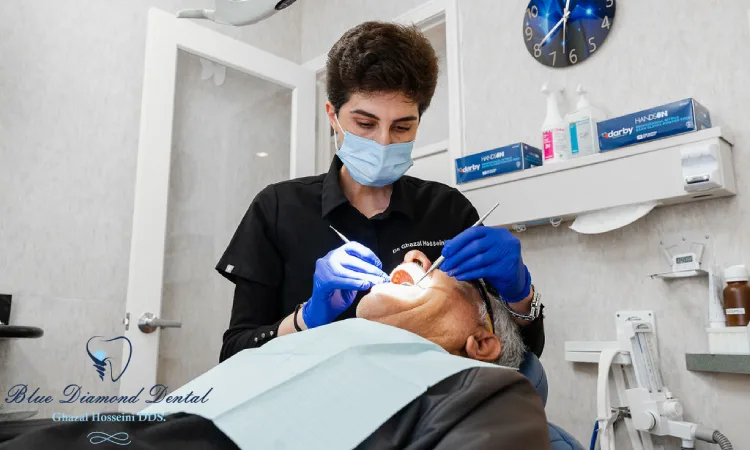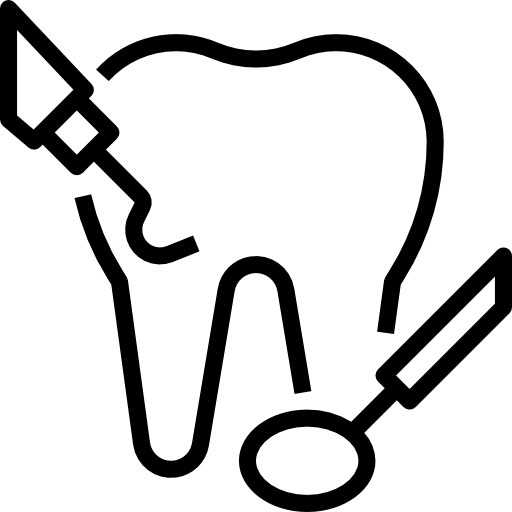
Introduction to TMJ Disorders
The Temporomandibular Joint (TMJ) serves as a critical hinge connecting the jaw to the skull. TMJ disorders encompass a range of conditions that can cause pain and limit the functionality of the jaw joint and the muscles responsible for jaw movement.
Symptoms of TMJ Disorders

Symptoms of TMJ disorders can vary but often include:
- Jaw Pain: Discomfort in one or both of the TMJ, potentially spreading to the face, jaw, or neck.
- Limited Jaw Movement: Difficulty or discomfort while opening the mouth or chewing.
- Jaw Locking: The jaw may lock, making it hard to open or close the mouth.
- Sounds: Clicking, popping, or grating sounds in the jaw joint when opening or closing the mouth.
- Malocclusion: A change in how the upper and lower teeth fit together.
- Ear Symptoms: Earaches, tinnitus, or a feeling of fullness in the ears.
Causes of Jaw Locking: Jaw locking can occur due to several factors related to TMJ disorders, including:
- Displacement of the Jaw Disc: The soft disc within the TMJ can move out of its normal position.
- Muscle Spasms: The muscles around the jaw can spasm and lead to a locked jaw.
- Degenerative Joint Disease: Conditions like osteoarthritis can cause changes in the bone that lead to locking.
- Injury: Trauma to the jaw or joint can result in locking.
Treatment Options: The treatment for jaw locking typically involves a combination of therapies, which may include:
- Medications: Anti-inflammatory drugs, muscle relaxants, or tricyclic antidepressants to manage pain and inflammation.
- Therapies: Physical therapy exercises, counseling, and the use of heat or ice to relieve pain and improve jaw movements.
- Surgical Procedures: In more severe cases, procedures like arthrocentesis, TMJ arthroscopy, or modified condylotomy may be necessary.
Prevention and Management: Preventive measures can help manage the risk of jaw locking, such as:
- Avoiding Overuse: Not overusing the jaw muscles, especially by avoiding actions like wide yawning or chewing gum excessively.
- Exercises: Practicing TMJ exercises to maintain mobility and reduce the risk of locking.
- Posture: Maintaining good posture to avoid additional stress on the TMJ.
Causes and Risk Factors
While the exact causes of TMJ disorders are not always clear, they may include:
- Disk Erosion: Degradation of the cartilaginous disk within the joint.
- Jaw Trauma: Impact injuries to the jaw.
- Arthritis: Inflammatory joint disorders affecting the TMJ.
- Genetics: Inherited factors that predispose individuals to TMJ issues.
- Habits: Actions like teeth grinding or leaning on the chin.
Diagnosis and Treatment
Diagnosis typically involves a physical examination, imaging tests like X-rays, CT scans, or MRIs, and sometimes arthroscopy. Treatment options range from self-care practices and medications to physical therapy and, in some cases, surgery.

Conclusion
TMJ disorders can significantly impact daily life, causing pain and discomfort. Understanding the symptoms and seeking timely medical advice can lead to effective management and relief. It’s essential to consult healthcare professionals for a proper diagnosis and treatment plan tailored to individual needs.







That is a really good tip especially to those new to the blogosphere.
Short but very accurate info… Thanks for sharing this one.